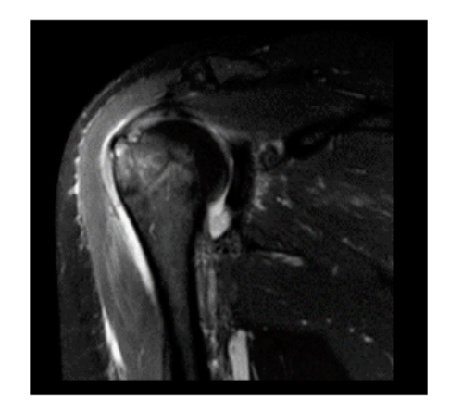


Indian Journal of Science and Technology
Year: 2024, Volume: 17, Issue: 12, Pages: 1117-1128
Original Article
Irfan Ahmad Malla1, Sehrish Manzoor1, Zubair ul Islam Ganie1, Maajid Mohi Ud Din Malik2*
1Assistant Professor, Department of Radiology and Imaging Technology, RIMT University, Mandi Gobindgarh, 147301, Punjab, India
2Assistant Professor, Dr. D. Y. Patil School of Allied Health Sciences, Dr. D. Y. Patil Vidyapeeth, Sant-Tukaram Nagar, Pimpri, Pune, 411018, Maharashtra, India
*Corresponding Author
Email: [email protected]
Received Date:25 January 2024, Accepted Date:19 February 2024, Published Date:14 March 2024
Objective: This study aimed to evaluate MRI efficiency in diagnosing chronic shoulder pain causes. Chronic shoulder pain accounts for 5% of musculoskeletal consultations. Method: Thirty-four chronic shoulder pain patients (18-65 years) underwent shoulder MRI. Sequences included T1-weighted, T2-weighted, proton density, and STIR for comprehensive analysis. All patients were clinically diagnosed with chronic shoulder pain prior to imaging. Finding: One patient (1.96%) had normal MRI findings. Thirty-three patients (98.04%) had abnormalities. Rotator cuff injuries were most prevalent, especially partial supraspinatus tears (18.63%). Other findings included bursitis, joint effusion, AC arthropathy, Hill Sachs deformity, AC joint impingement, rotator cuff fatty atrophy, and biceps tendinopathy. Conclusion: MRI provided excellent visualization of soft tissue pathologies causing chronic shoulder pain, noninvasively without ionizing radiation. Combining MRI sequences accurately diagnosed various shoulder conditions. Fat suppression sequences were key for identifying rotator cuff tears. MRI is the gold standard for diagnosing rotator cuff injuries, the most common chronic shoulder pain cause. Novelty: This study demonstrates MRI's utility for evaluating chronic shoulder pain causes. While no single sequence visualizes all shoulder pathologies, using T1-weighted, T2-weighted, proton density, and STIR sequences together provides a comprehensive analysis to guide appropriate patient treatment.
Keywords
MRI, Chronic shoulder pain, Rotator cuff, Joint effusion, frozen shoulder
© 2024 Malla et al. This is an open-access article distributed under the terms of the Creative Commons Attribution License, which permits unrestricted use, distribution, and reproduction in any medium, provided the original author and source are credited. Published By Indian Society for Education and Environment (iSee)
Subscribe now for latest articles and news.